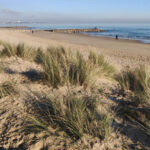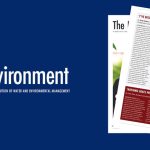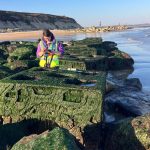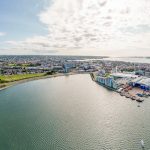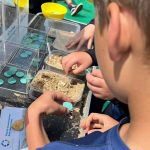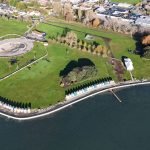The Marineff project (MARine INfrastructure EFFects) is a three year, cross-Channel research project between universities and partners in the South of England and North of France. The project has €4.6million of European Union funding and brings together ecologists and material scientists from French and English universities, industrial partners and other stakeholders to find ways of protecting and enhancing coastal ecosystems.
Most harbour walls and coastal infrastructure have a smooth finish without any holes or grooves for species to attach to or hide in. Marineff rockpools aim to increase biodiversity by providing seawater pools, cracks and crevices for species to find cover at low tide.
Bournemouth University (BU) is one of the universities involved; the project team installed 150 artificial rockpools across three sites during summer 2020, including within Poole Harbour at Whitley Lake and Hamworthy, with more due for installation on the north coast of France. They will be monitoring the life found in the pools for the next 2 years.
The type of artificial rockpools that BU is investigating are made from natural low-carbon concrete and hand-finished to provide interesting, rough surfaces. Specially made tools are used alongside household materials such as bubble wrap to create the textured surfaces. They have been manufactured by Isle of Wight based eco-engineering company Artecology (they are officially called Vertipools™) and are a new bespoke design for the Marineff project.
Surveys have shown that the rockpools are creating an additional habitat for marine life that would not be able to survive on the harbour wall without the rockpools.
Marineff Research Assistant Jessica Bone said: “Within just three months we have already found over 20 species in the Poole Harbour rockpools. This includes several species we’ve not yet found on the seawall, including prawns, shanny fish, seaweeds, sea squirts, and a type of animal known as bryozoans.
“Some of this will likely change over the next few months as new habitats are very dynamic places, so we expect to see some species disappear and new ones to move in during future surveys.”
Further information:
- Can artifical rockpools provide a new habitat? Research project details at www.bournemouth.ac.uk/research/research-action/artificial-rockpools
- Vertipools™ by Atecology at www.artecology.space/vertipools
- Details of the Marineff project is available at www.marineff-project.eu/en/marineff-project/



